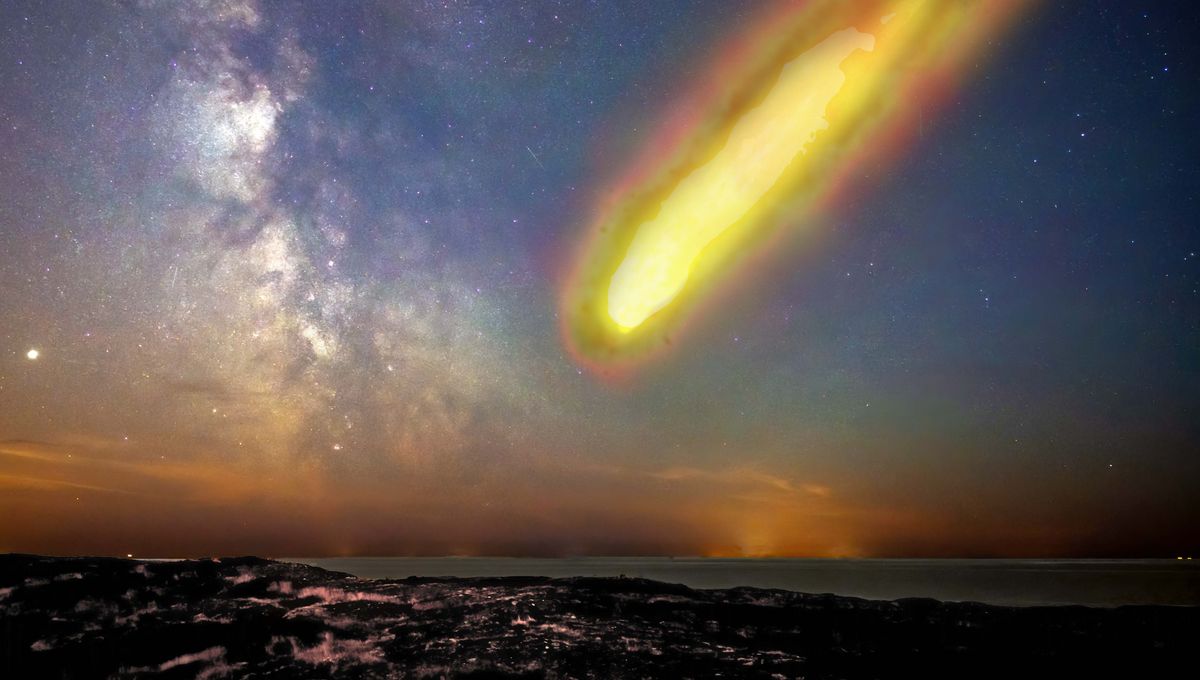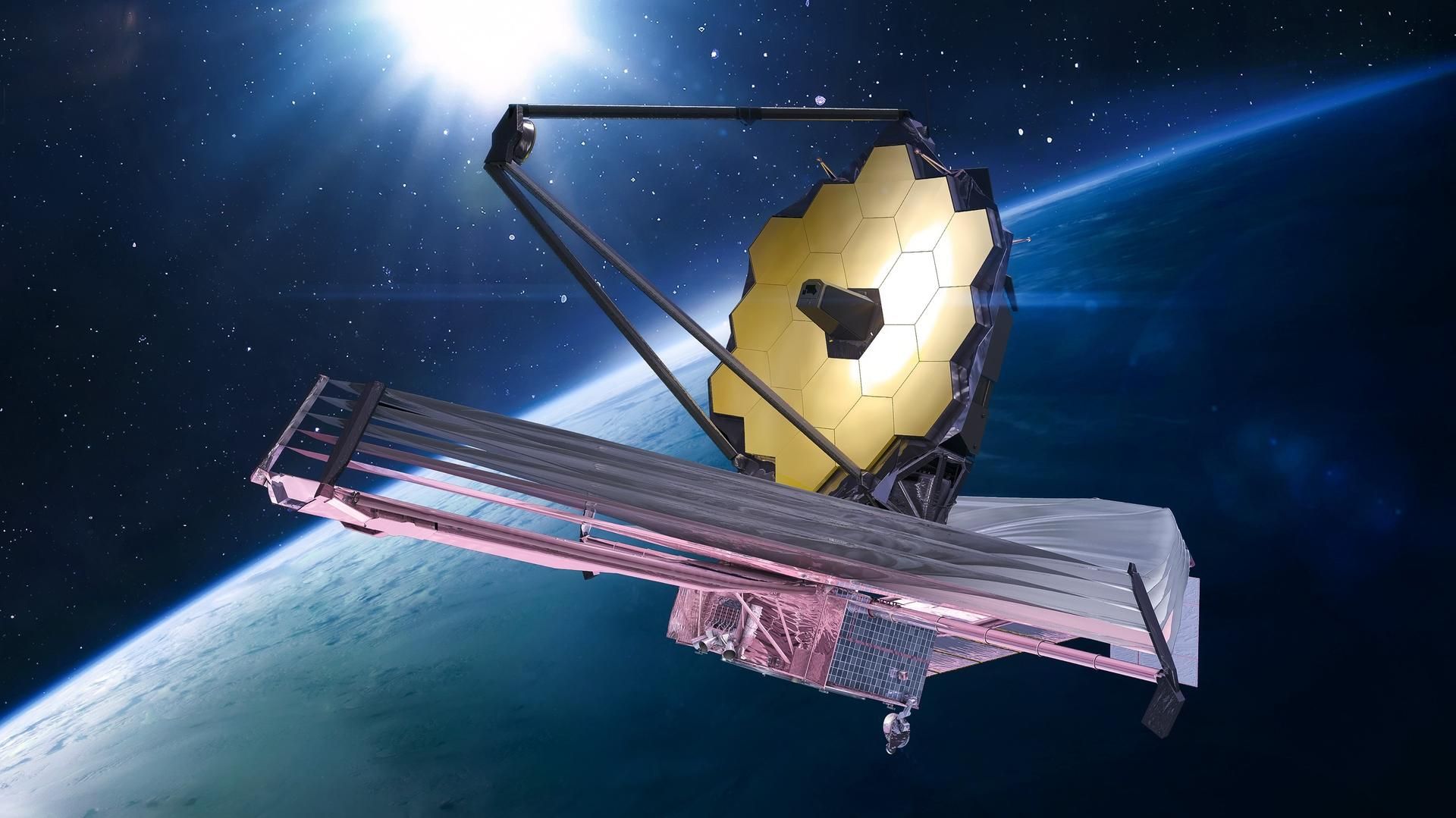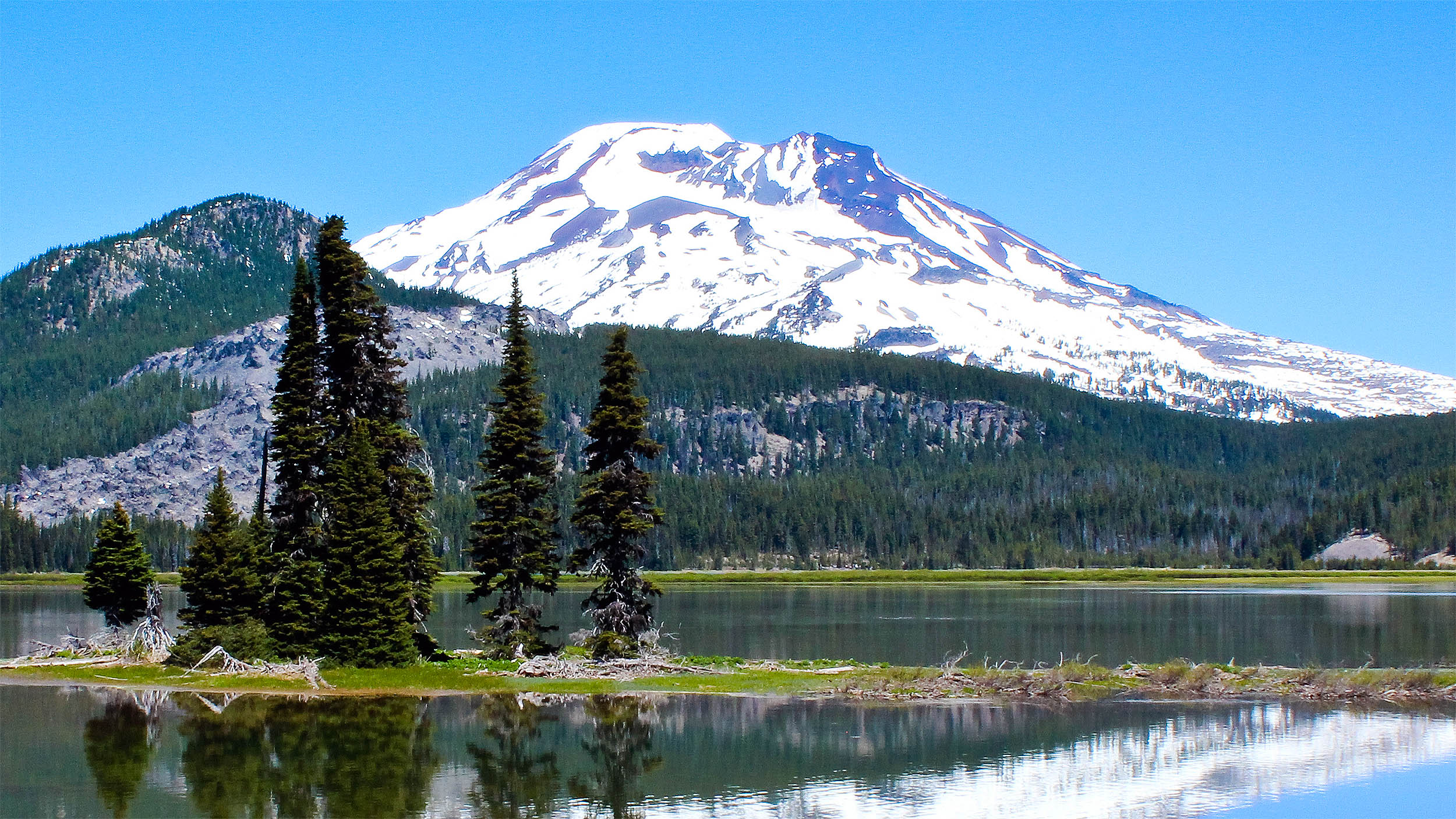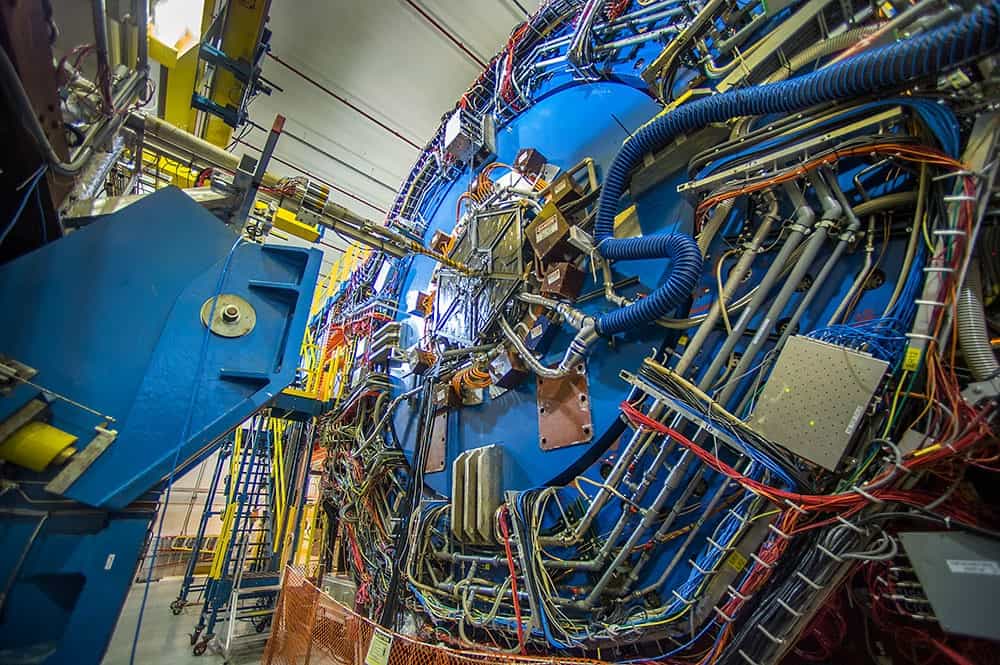Amazon’s Project Kuiper broadband megaconstellation continues to grow.
Twenty-four more Project Kuiper satellites are scheduled to take flight today (Oct. 9), lifting off from Florida’s Cape Canaveral Space Force Station atop a SpaceX Falcon 9…

Amazon’s Project Kuiper broadband megaconstellation continues to grow.
Twenty-four more Project Kuiper satellites are scheduled to take flight today (Oct. 9), lifting off from Florida’s Cape Canaveral Space Force Station atop a SpaceX Falcon 9…

October 9, 2025
Therapies that are sensitive to multiple biomarkers could allow medicines to reach only the areas of the body…

Asteroid impacts are normally associated with danger to life. The end of the dinosaurs’ dominion on Earth was caused by a massive collision. As the Chesapeake impact and others have shown, however, not all of the impacts bring global devastation….
This request seems a bit unusual, so we need to confirm that you’re human. Please press and hold the button until it turns completely green. Thank you for your cooperation!

A team of Chinese researchers have identified how different species independently evolve similar traits, revealing the potential of artificial intelligence (AI) in advancing evolutionary biology, according to
Xinhua News Agency, a…

The second most distant object ever spotted by the James Webb telescope may be a ‘dark star’ powered by dark matter rather than nuclear fusion.
By looking at the wavelengths of light picked up by the James Webb Space Telescope (JWST), researchers…

A new study used earthquake waves to peer under the Cascade Range, revealing persistent pockets of magma beneath several quiet peaks. These pockets are not full lakes of magma, but zones of partial melt where hot rock contains some liquid.
Using…
